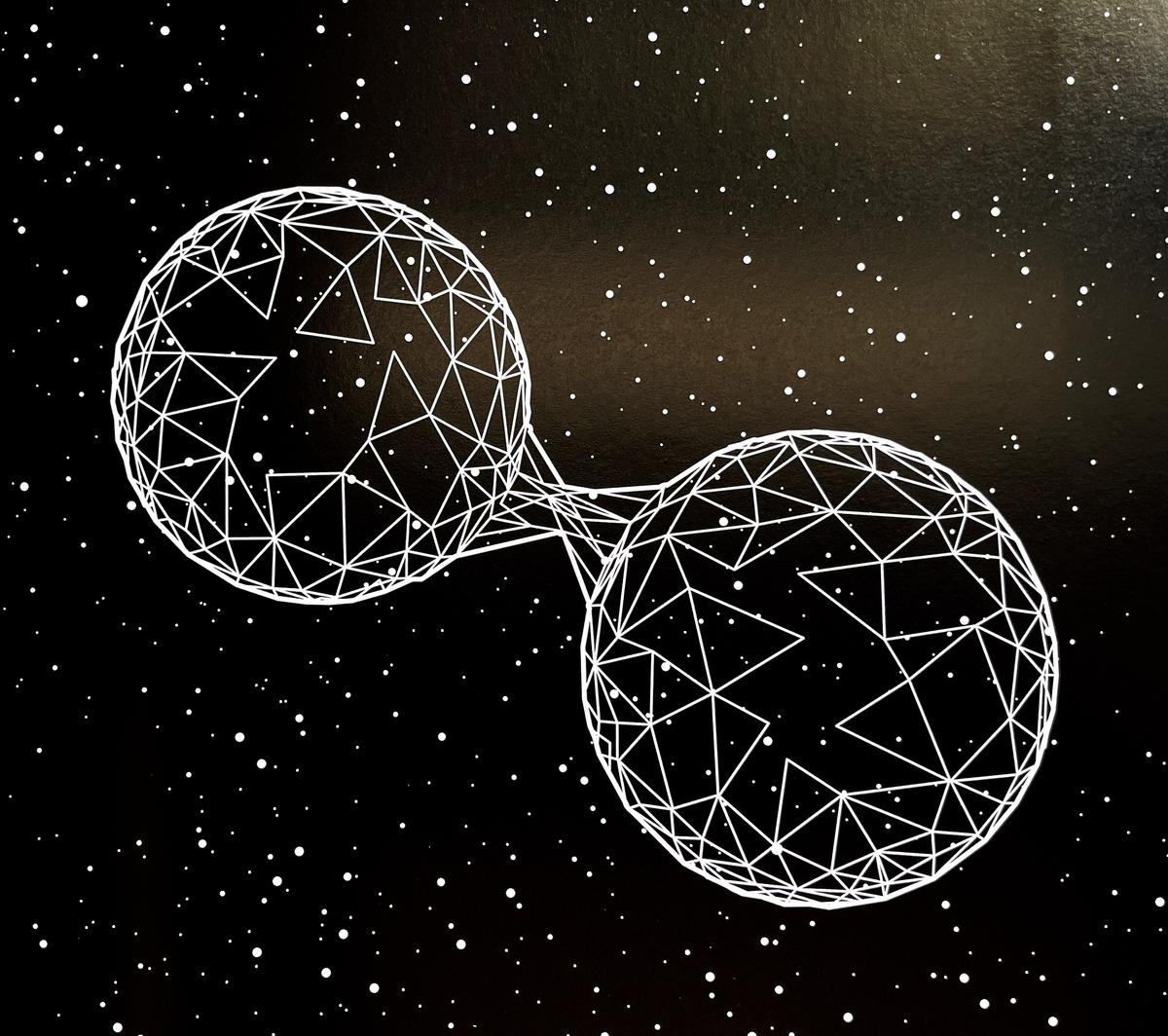Mind Blown

Two particles on opposite sides of the universe can affect each other instantly.
Quantum mechanics is the head-melting branch of physics concerned with the small. The sort of small that requires the latest transmission electron microscope and matching camera. It's a body of scientific laws that describes the incredibly strange behaviour of atoms, photons, electrons and the other particles that make up our universe.
Unlike classical mechanics, which describes how things move at standard speeds and sizes, like how a tennis ball travels through the air in quantum mechanics, objects exist in a fog of possibilities. There's a probability of being in one place and another chance of being in another. Absolutely mind-blowing.
Take the phenomenon known as quantum entanglement, for instance. When a laser beam is fired through a crystal, it causes an individual photon to be split into a pair of entangled photons. Amazingly, these two particles somehow remain linked to one another, so any action performed on one, like measuring it, will affect the other. Brace yourself, though: this reaction still happens no matter how far apart the particles are, even if they're light years across the universe! This affected change seems to take place at a speed faster than the speed of light, possibly even immediately!
The speed of light is, of course, the speed limit of the universe. The speed of change for entangled particles should not be possible, which only adds to the mystery of quantum entanglement!

